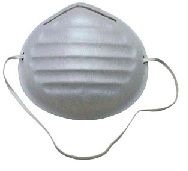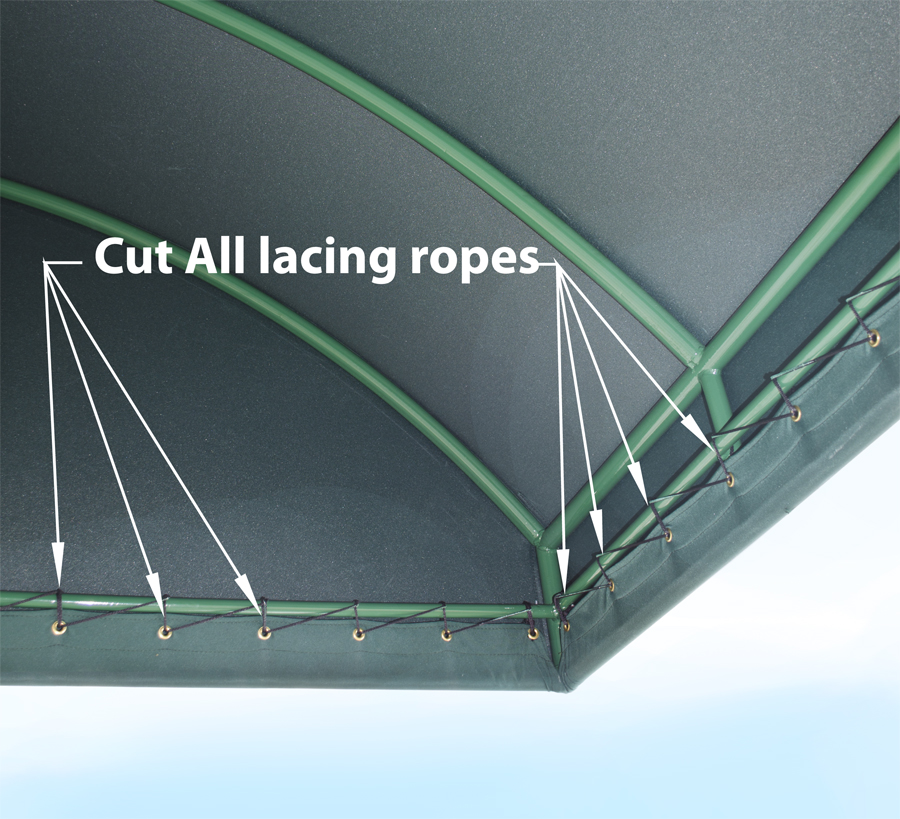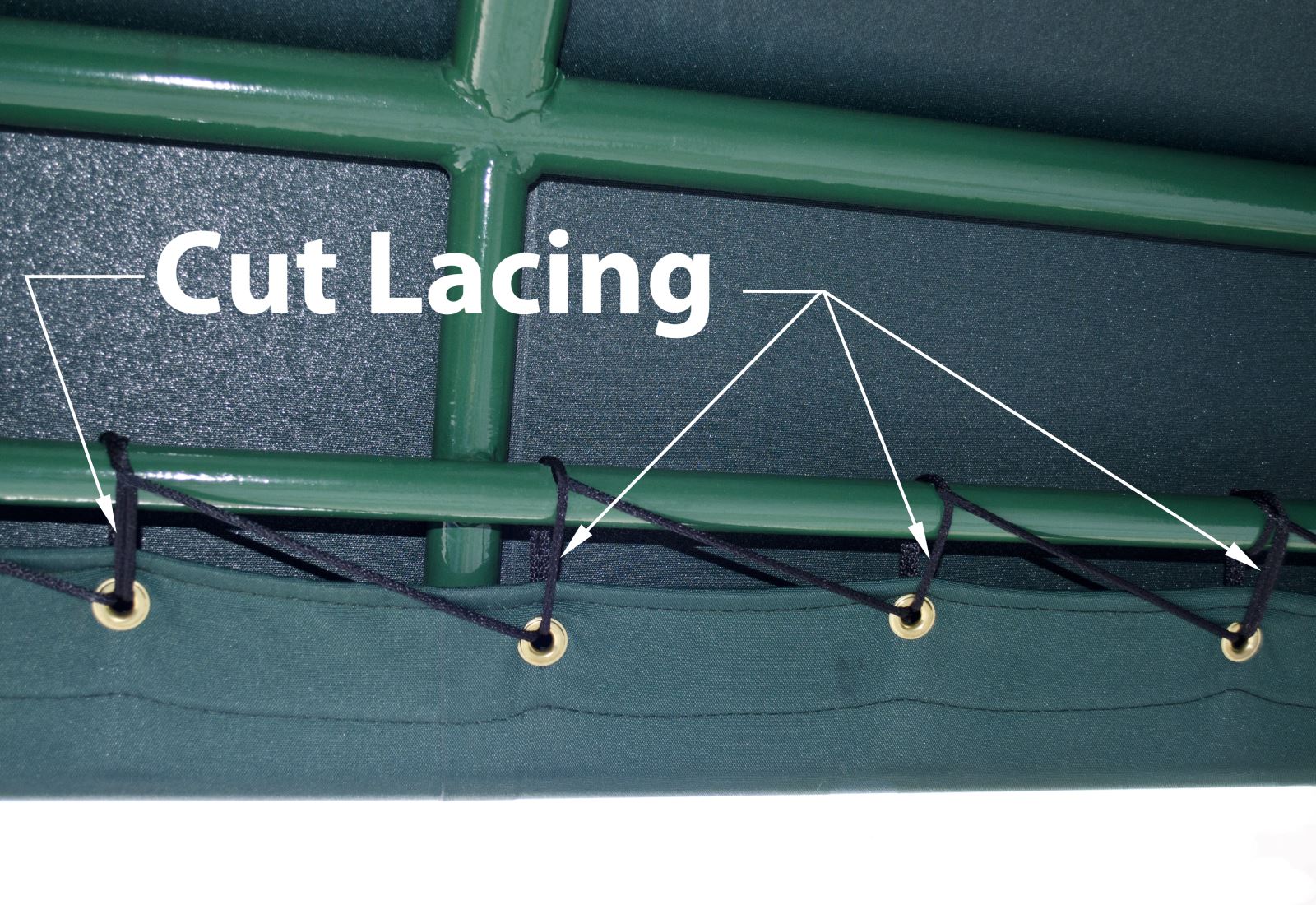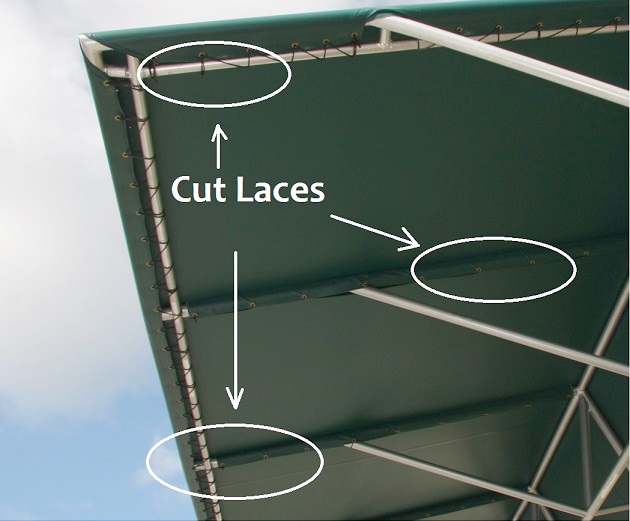Hurricane Prepardness Guide
An awning's metal frame can remain on the building in wind speeds up to 175 mph, but the fabric must be removed prior to a hurricane category 1 (sustained winds of at least 74mph) or higher making landfall. This will reduce the chance of damage to your frame and fabric. When removing the fabric make sure to cut the rope and not the fabric or the material will need to be replaced. Please note the rope will not be salvageable rope for reuse. New rope will be used upon re-installation. Make sure the fabric is dry upon storage to avoid mold and mildew forming on it.
For retractable awnings, solar shades, and weather curtains, make sure they are in the retracted position to reduce the risk of damage when a tropical depression or higher makes landfall.
Awnings of Hollywood will make every effort to remove the covers from frames upon timely customer requests. However, safety for our employees is paramount. We will remove crews from field work before conditions become unsafe. We have a first come first serve policy based on the timing of a customer's request and previous years of service. We also prioritize for community support organizations such as local hospitals, fire stations and schools as well as hazardous situations that occur. There is a service fee charged for all removals and re-installations. For further inquiries, call our office number noted above.
Below are some basic instructions to help guide you in the removal process.
List of Tools needed:
Gloves
Eye Protection
Hat and Face Mask Optional
Step Ladder (1st Floor) Extension Ladder (2nd Floor and above)
Dry Lubricant or Dry Silicon (NOT WD40 or other OIL based sprays) The oil based will damage the canvas.
Nippers or Cutters (We use Channel Lock Model 337)
A flat edged screwdriver
Razor Blades or Utility Knives ARE NOT RECOMMENDED
You do NOT want to use the last item just for fear of cutting your fabric while trying to remove the rope. Accidents happen and it does not take much to make a mistake that can be costly for you.
.jpg)






1. After safely placing a ladder on a stable FLAT surface, climb it high enough to reach the wrap bar on the inside. Using the the cutters, start cutting the string on the bar itself, NOT against the fabrics and grommets. You will have to cut all the laces of string because the tie off to the wrap bars, they usually are not one continuous line, to prevent stretching or breaking during normal use. Do not try to salvage the string (lace) because it will need to be replaced.
2. You may need to move the ladder around in order to get all of the strings cut.
3. With the string removed carefully start to pull the fabric around the sides of the frame to release the tension. Wearing eye protection can prevent debris that may have built up from getting in your eyes.
4. The top of your awning is usually held into place with a track that has fabric wrapped around a sleeve to secure it within the track. The ends of your track are possibly crimped shut. Using the flat end of a screw driver, carefully pry the end open to allow the fabric and sleeve to slide out. Use caution to ensure that you do not damage your canvas.
5. With the string removed, make sure that the canvas does not drag against any sharp edges while slowly lifting it up off the frame.
6. If the fabric is free of everything, fold up towards the track. Once you have the fabric up near the track check to see if any silicon has been applied to the canvas and track. Silicon can be removed safely by hand because it will still have a rubber texture. Caulking will probably require more effort and much more caution to prevent damage to your canvas. Have an extra person with you to help you slide the fabric sleeve out of the track. DO NOT USE PETROLEUM based lubricant because they will damage your canvas.
7. Once removed from the track, continue to fold your canvas. Secure it with string and tag its location using masking tape or a paper tag along with which direction you removed the fabric from the track. This will ensure you can return the fabric in the same manner that it was removed without the hassle of trying to force the canvas in the track which could potentially damage the canvas during re-installation.
8 You may also want to inspect the canvas for major areas of wear or damage. Find out what your options are for repair prior to putting them back up after a hurricane. We can be contacted for estimates.




.jpg)

 View Background Photo
View Background Photo